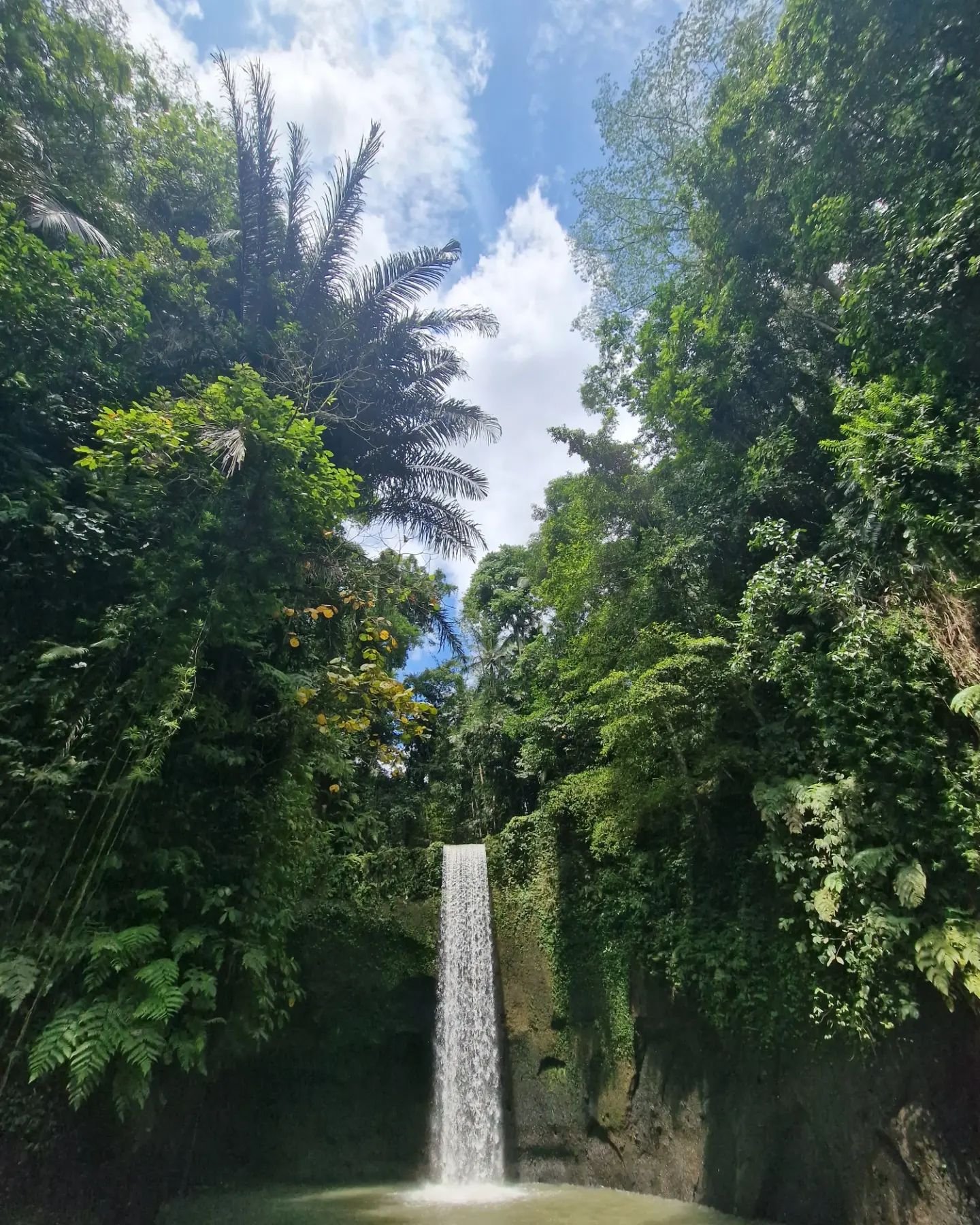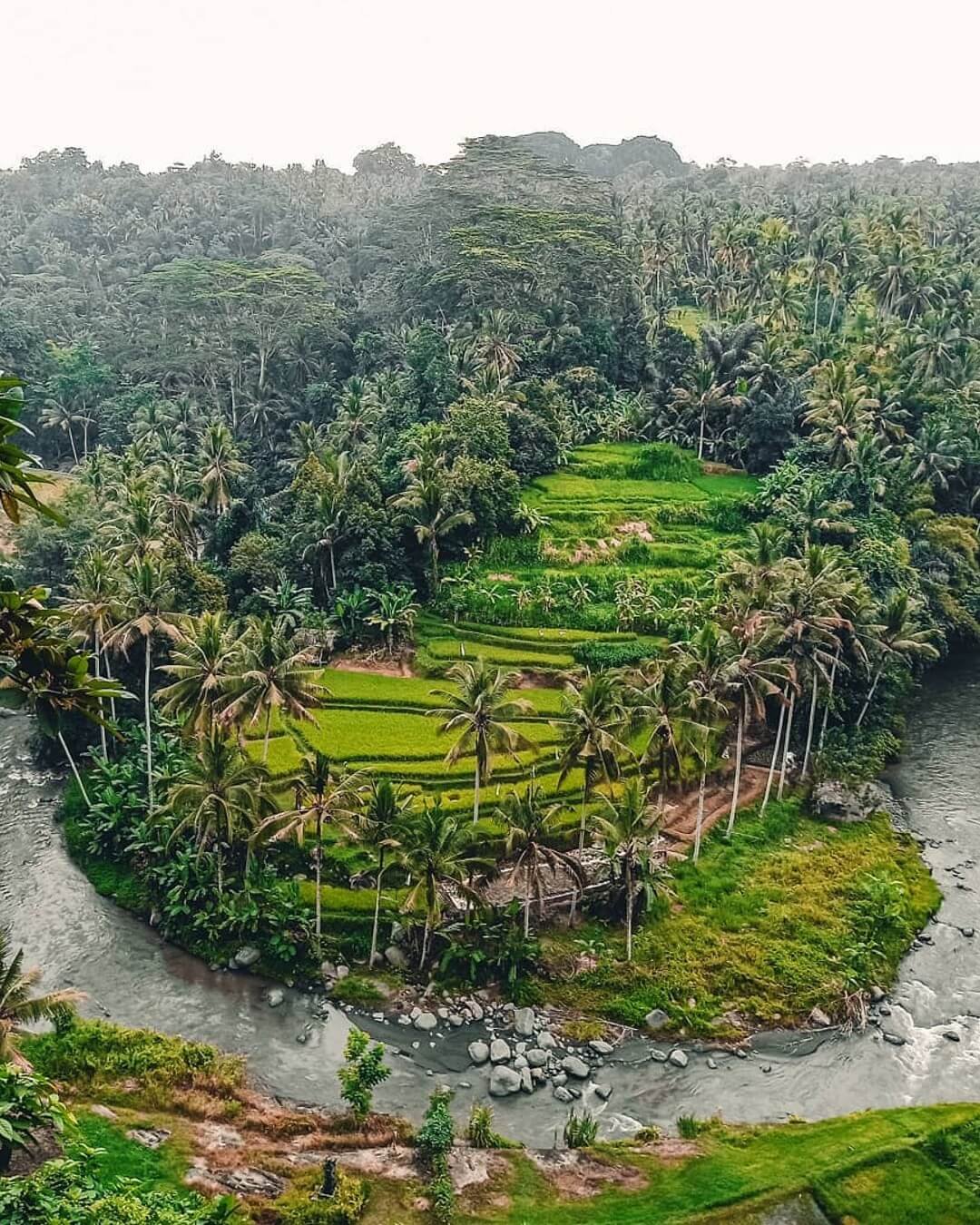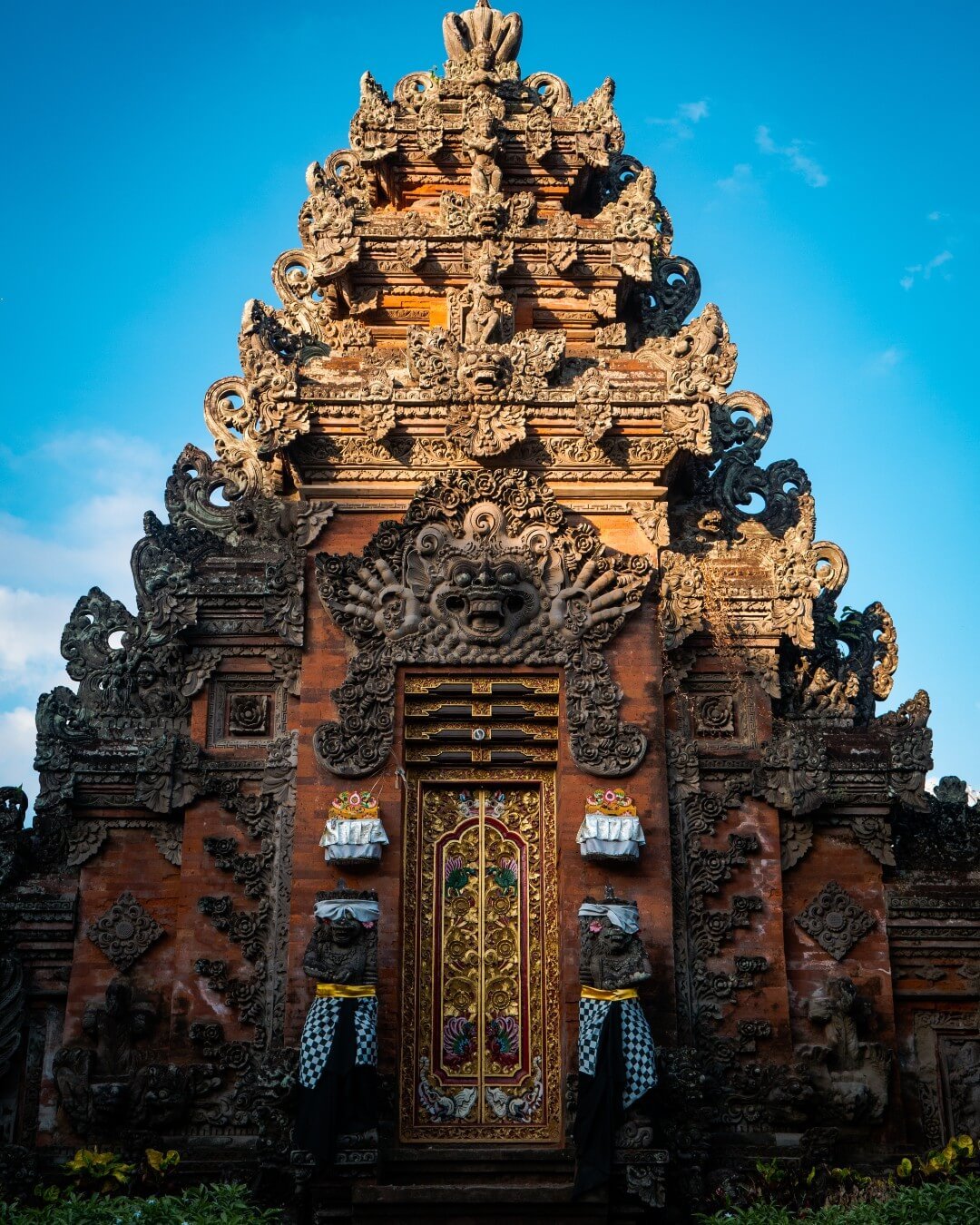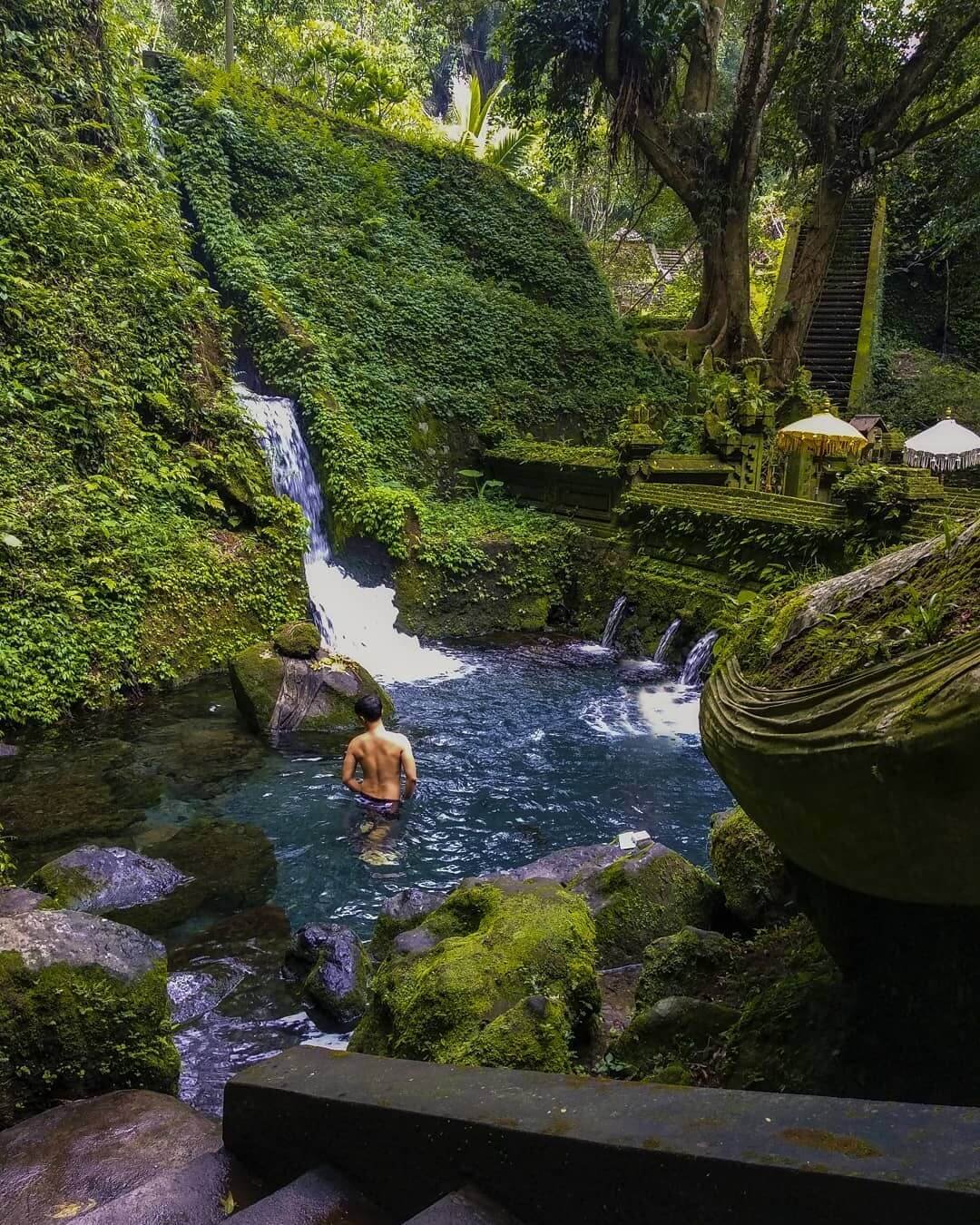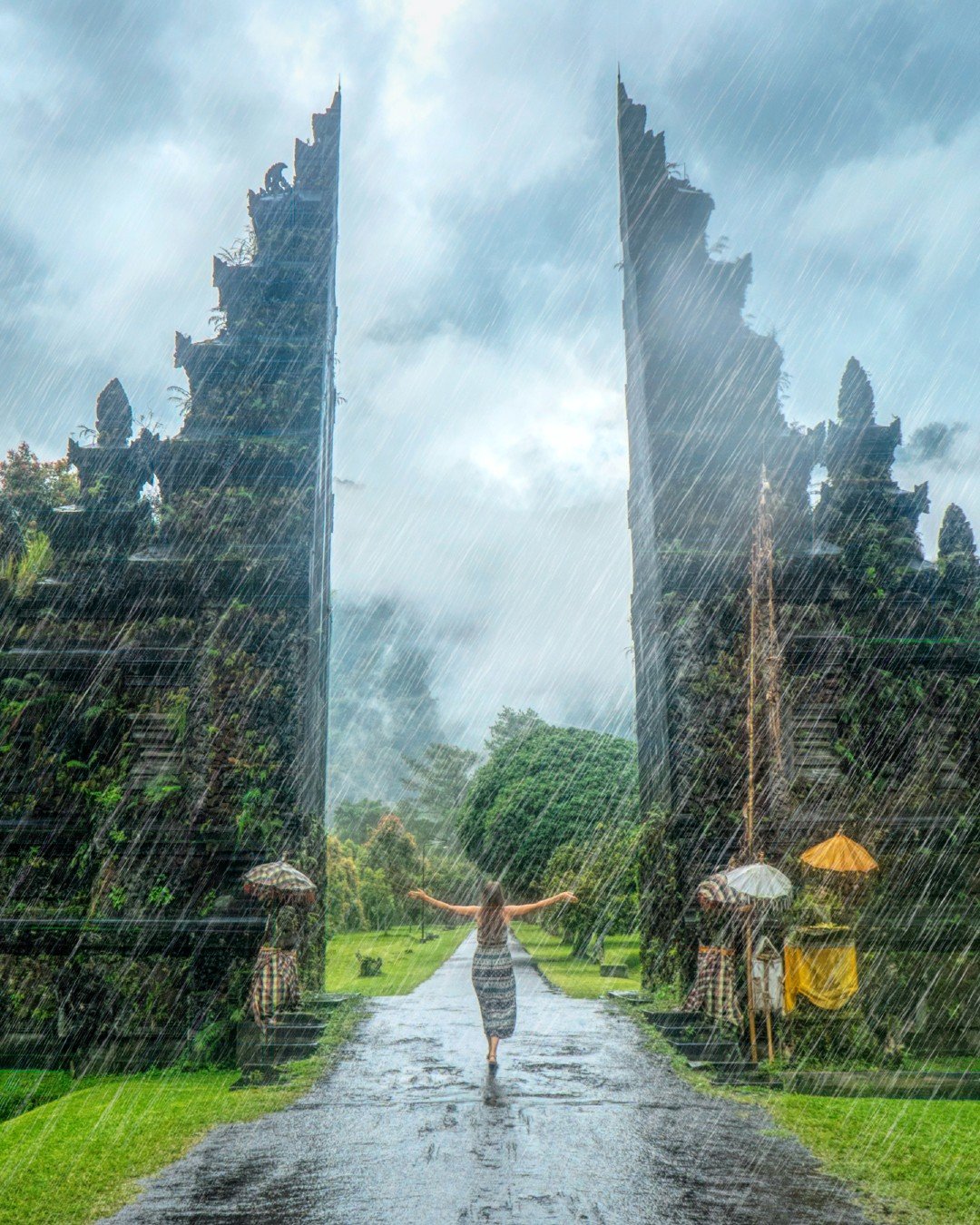Pilgrimage to the Mother Temple: Besakih Temple, the Heart and Soul of Bali's Spirituality
Indonesian Name: Pura Besakih
Besakih Temple, Bali | Image: Andrey Bond
Table of Contents Show
Visit with a tour
Introduction
Besakih Temple, also known as Pura Besakih, is a collection of over 20 individual temples located on the slopes of Mount Agung, Bali's highest volcano. It is considered the holiest temple on the island and serves as the spiritual and cultural center of Bali. The temple complex dates from the 11th century and covers a vast area and features intricate stone carvings, towering gates, and beautiful shrines dedicated to the Hindu gods and goddesses.
The temple is open to worships 24/7 but for tourists the hours are Monday to Sunday, from 8am to 6pm.
Address
Desa Besakih, Karangasem Regency, Bali, Indonesia. (See on Google Maps)
Location
Besakih Temple is located on the slopes of Mount Agung in the eastern region of Bali, about an hour's drive from the popular tourist destination of Ubud. The temple can be accessed by car or motorbike from the town of Besakih, which is located along the main road between the towns of Rendang and Klungkung.
Address & Phone Number of Nearest Hospital for Emergency
The nearest hospital to Besakih Temple is the Karangasem District Hospital, located in the town of Karangasem. The hospital's address is Jalan Raya Amlapura, Karangasem, Bali, Indonesia, and the phone number is +62 363 41011.
Have you thought about travel insurance?
Three Key Reasons To Visit
To experience the spiritual and cultural significance of Besakih Temple: The temple complex is an important religious and cultural site for the people of Bali, and a visit to the temple offers a unique opportunity to learn about Balinese Hinduism and the island's rich cultural heritage.
To admire the stunning architecture and artwork: The temple complex features an array of stunning architectural and artistic elements, including intricate stone carvings, towering gates, and beautiful shrines dedicated to the Hindu gods and goddesses.
To enjoy the stunning views: The temple is located on the slopes of Mount Agung, offering panoramic views of the surrounding landscape and the ocean beyond.
Besakih Temple, also known as the Mother Temple, is a complex of over twenty temples located on the slopes of Mount Agung in Bali, Indonesia. It is the largest and holiest temple on the island and an important place of worship for the Balinese Hindu community.
History
Besakih Temple has a long history dating back to the 9th century. It is believed to have been founded by Mpu Kuturan, a Javanese priest who brought Hinduism to Bali. The temple has undergone several renovations and expansions over the centuries, with the most recent being in the 1960s following a major earthquake. The fact the earthquake did not destroy the temple was seen as a miracle by the Balinese, adding to the reverence given to this most holy of Balinese temples.
As with most Balienese history, there are variations and interpretations.
it is also said that the origin of the name Besakih is believed to be derived from the Sanskrit word "Basuki," which means "congratulations." According to mythology, Basuki is a dragon that surrounds Mount Mandara. The temple is thought to date back to ancient times, prior to the introduction of Hinduism to the area. It is believed that an old Balinese king, Sri Kesari Warmadewa, discovered the Merajan Selonding temple within the complex and also ordered the construction of the Blanjong Monument in the village of Sanur. The Besakih Temple complex is designed to reflect the balance of the cosmos, with its layout and buildings symbolizing the balance of nature.
Myths and Legends
There are several myths and legends associated with Besakih Temple. One legend says that the temple was built on the spot where the Hindu god Shiva first appeared on earth. Another legend tells the story of a giant snake that lived in the area and protected the temple from harm.
As with any holy place steeped in history and as venerable, one can expect many different interpreations and no doubt if you hire a guide during your visit you will get a very authentic and heartfelt commentary on the origins and significance to them of this incredibly significant holy site.
What To Expect When Visiting
When visiting Besakih Temple, visitors can expect to see a complex of beautifully decorated temples set against the backdrop of Mount Agung. The temple is a popular place of pilgrimage for Hindus, so visitors may see people performing rituals and offerings. The temple is also a popular tourist attraction, so there may be crowds of visitors.
Photo Opportunities and Tips
Besakih Temple offers a range of photo opportunities, with its beautiful architecture and stunning views of Mount Agung.
Visitors should be mindful of the temple's cultural significance and dress modestly when visiting. It is also important to respect the temple's rules and refrain from taking photos during religious ceremonies.
What Visitors Say They Liked About Visiting
Many visitors to Besakih Temple have said that they enjoyed the temple's beautiful architecture and stunning views. They also appreciated the opportunity to witness traditional Balinese Hindu rituals and learn about the temple's history and cultural significance.
What Visitors Say They Did Not Like About Visiting
Some visitors have complained about the crowds at Besakih Temple, as well as the high prices for souvenirs and food. Others have expressed frustration with the strict rules around photography and dress code.
How Accessible is it for The Elderly, Children and Those With Mobility Issues?
Besakih Temple is located on the slopes of a mountain, so it may be difficult for elderly or mobility-impaired visitors to access. The temple also has a number of steps, so it may be challenging for those with mobility issues. Children should be supervised at all times due to the large crowds and steps.
Safety Tips When Visiting
When visiting Besakih Temple, it is important to dress modestly and respect the temple's rules. Visitors should also be mindful of their surroundings and keep an eye on their belongings to avoid pickpocketing.
Typical Amount of Time to Allocate for a Visit
Visitors should allocate at least a couple of hours for a visit to Besakih Temple. This will allow time to explore the complex and take in the beautiful views.
Food and Drink Options Nearby
There are a number of food and drink options available near Besakih Temple, including local restaurants and vendors selling traditional Balinese food. Visitors should be prepared to pay higher prices for food and drinks at the temple due to its popularity with tourists.
Conclusion
Besakih Temple is a beautiful and important place of worship for the Balinese Hindu community. It offers a unique opportunity to witness traditional rituals and learn about the temple's history and cultural significance. While it may be challenging for elderly or mobility-impaired visitors to access, it is still a must-see destination for those visiting Bali. Visitors should be mindful of the temple's rules and cultural significance, and be prepared for crowds and potentially higher prices for food and souvenirs. Despite these potential drawbacks, many visitors to Besakih Temple have said that the experience was worth it for the stunning views and the chance to learn about Balinese Hindu culture.




